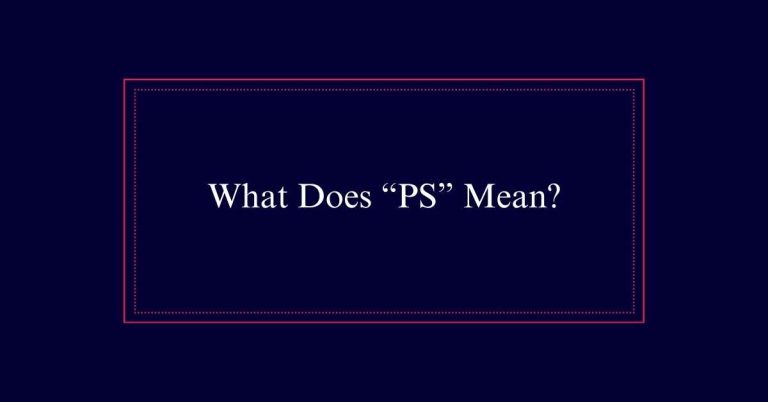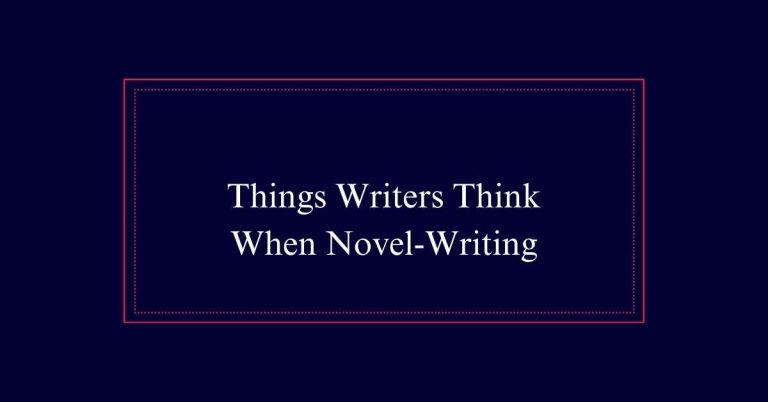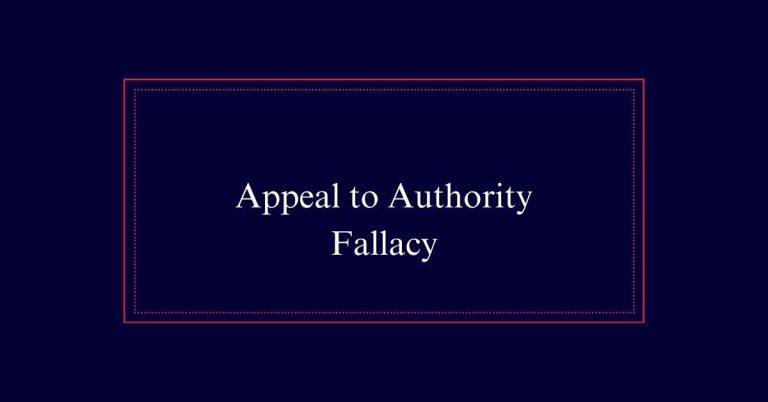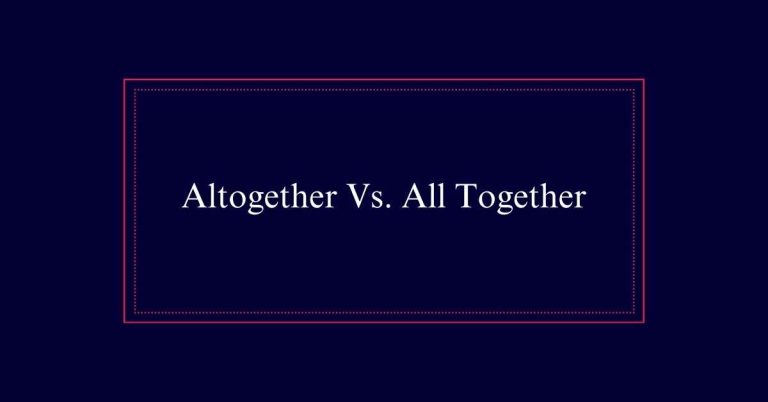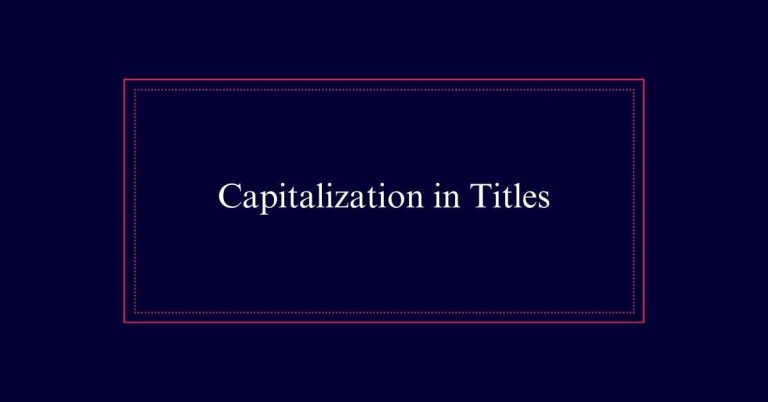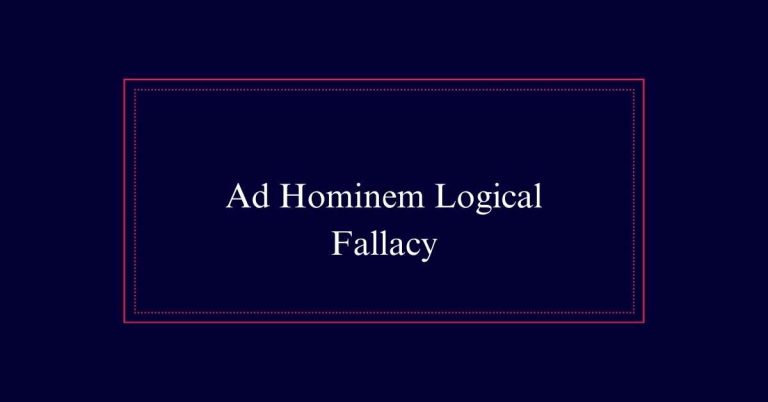How to Use Albeit in a Sentence?
‘Albeit’ is a conjunction that functions similarly to ‘although.’ It introduces a concessive clause, which presents contrasting information to the main clause. For example, ‘The project was successful, albeit delayed.’ Here, ‘albeit’ connects the success of the project with the fact that it was delayed. Make sure to use ‘albeit’ within a dependent clause and not as an independent sentence part.
Definition of ‘Albeit’
‘Albeit’ is a conjunction derived from the prefix ‘al-,’ the verb ‘be,’ and the pronoun ‘it.’ It is often used as a synonym for ‘although.’
However, ‘albeit’ contains a verb and a pronoun, which makes it structurally different from ‘although.’ The phrase ‘although it be’ is a more precise equivalent of ‘albeit.’
This structural distinction means that ‘albeit’ and ‘although’ are not always interchangeable. Albeit’ is typically used to introduce a concessive clause that provides contrasting information to the main clause.
Etymology of ‘Albeit’
The word ‘albeit’ traces its origins to Middle English, combining the elements ‘al,’ ‘be,’ and ‘it.’ This construction reflects its meaning, which can be roughly translated to ‘although it be.’
The term first appeared in written English in the 14th century. It was used as a conjunction to introduce concessive clauses, a function it retains today.
The roots of ‘albeit’ lie in the Old English words ‘eal,’ meaning all, and ‘beon,’ meaning to be. Over time, these components fused into a single term.
Function of ‘Albeit’
Understanding the function of ‘albeit’ is key to using it correctly in sentences. ‘Albeit’ is a conjunction that connects clauses, often introducing a concessive clause. Concessive clauses present information that contrasts with the main clause.
For example, ‘The plan was successful, albeit with some modifications.’ Here, the phrase starting with ‘albeit’ provides additional, contrasting details to the main clause. Unlike ‘although,’ ‘albeit’ cannot introduce independent clauses. This limitation makes ‘albeit’ more suitable for introducing subordinate clauses.
Concessive Clauses and ‘Albeit’
In sentences, concessive clauses provide contrasting details to the main statement, often introduced by using ‘albeit.’ These clauses highlight a contradiction or a limitation within the context of the main clause.
For instance, ‘The project was completed on time, albeit with numerous errors.’ Here, ‘albeit’ introduces a concession about the project’s quality.
‘Albeit’ is unique because it always introduces dependent clauses, never independent ones. This means ‘albeit’ cannot stand alone and must connect to a main clause.
Despite its formal tone, ‘albeit’ effectively adds depth and nuance to sentences. It allows writers to acknowledge a fact while still emphasizing the primary point.
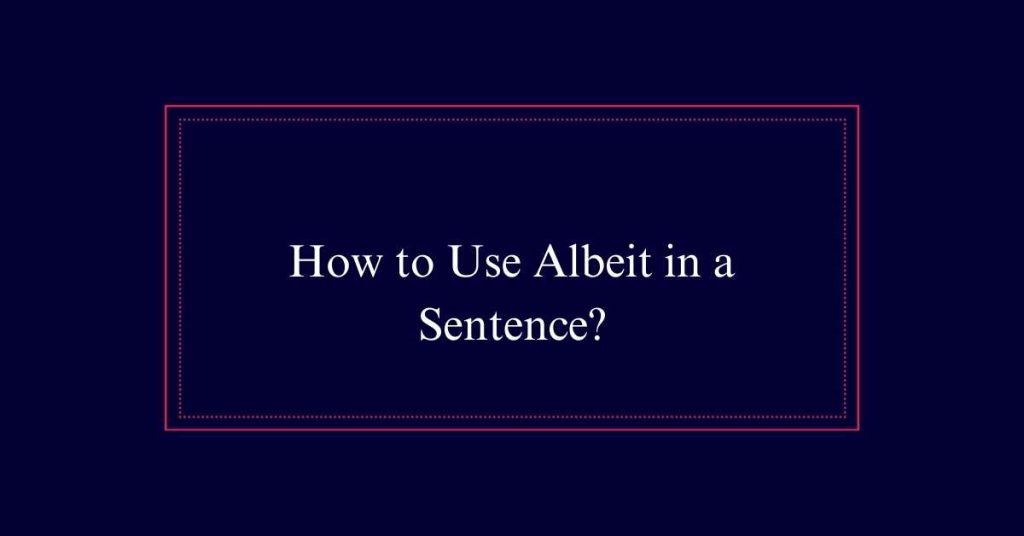
Common ‘Albeit’ Mistakes
Despite its utility in adding depth to writing, ‘albeit’ is often misused due to its unique structural requirements.
One common mistake is using ‘albeit’ to introduce an independent clause. Unlike ‘although,’ ‘albeit’ can only connect a subordinate clause to a main clause.
Another error is placing it incorrectly within a sentence, leading to awkward phrasing. Writers sometimes misuse ‘albeit’ by following it with a verb phrase instead of an adjective or adverb phrase. For example, ‘The project was successful, albeit taking longer than expected’ should be ‘The project was successful, albeit longer than expected.’
Correct Usage Examples
Correct usage of ‘albeit’ in sentences can greatly enhance the clarity and depth of your writing. Here are some examples to illustrate how ‘albeit’ can be correctly used:
- The project was successful, albeit delayed by several months.
- She accepted the award, albeit with some reluctance.
- The meal was delicious, albeit a bit too spicy.
- His argument was compelling, albeit somewhat flawed.
- The team managed to win, albeit by a narrow margin.
Contextual Examples
Providing contextual examples helps illustrate the versatility and nuance of using ‘albeit’ in various sentences.
For instance, in a Financial Times article, the government was criticized for inconsistency, albeit allowing some candidates to stand.
The Guardian discussed a protagonist’s struggles with reality, albeit unique to their situation.
Forbes mentioned a new, albeit brief, animated entry for fans of Patlabor.
The National praised Mravinsky’s ability to elevate a composer’s work, albeit in a dimension of lyrical beauty.
Comparison With ‘Although’
‘Albeit’ and ‘although’ are often seen as synonymous, yet they differ structurally in ways that impact their usage.
While both words introduce contrasting information, their application in sentences varies. ‘Although’ can initiate independent clauses, making it more versatile in sentence construction.
In contrast, ‘albeit’ is generally utilized within a clause, often following a comma.
Key points to keep in mind:
- Although’ can introduce both independent and dependent clauses.
- ‘Albeit’ is typically used within a clause, not to start one.
- ‘Although’ is more flexible and common in modern writing.
- ‘Albeit’ often adds a formal or literary tone.
The structural differences between ‘albeit’ and ‘although’ influence their appropriate usage in sentences to a great extent.
‘Albeit’ is a conjunction that combines ‘al-‘, the verb ‘be,’ and the pronoun ‘it,’ resulting in a more compact form. It can only introduce subordinate clauses and often connects parts of a sentence in a more formal tone.
In contrast, ‘although’ is more versatile and can introduce both independent and subordinate clauses. This flexibility makes ‘although’ more commonly used in everyday language.
Understanding these structural nuances is important. It helps in choosing the right word to maintain clarity and precision in writing.
‘Albeit’ is best for concise, formal statements, while ‘although’ suits more general contexts.

